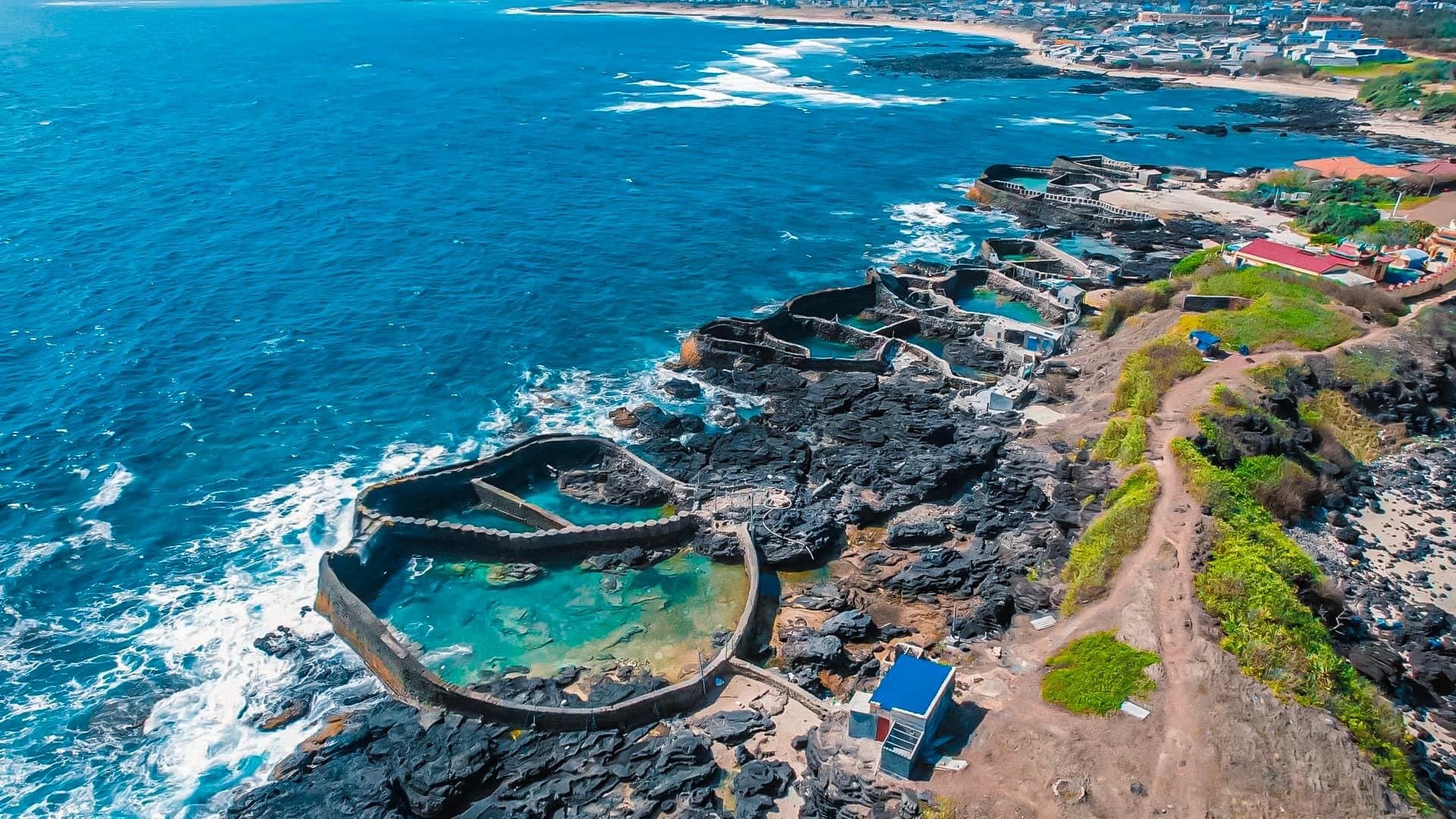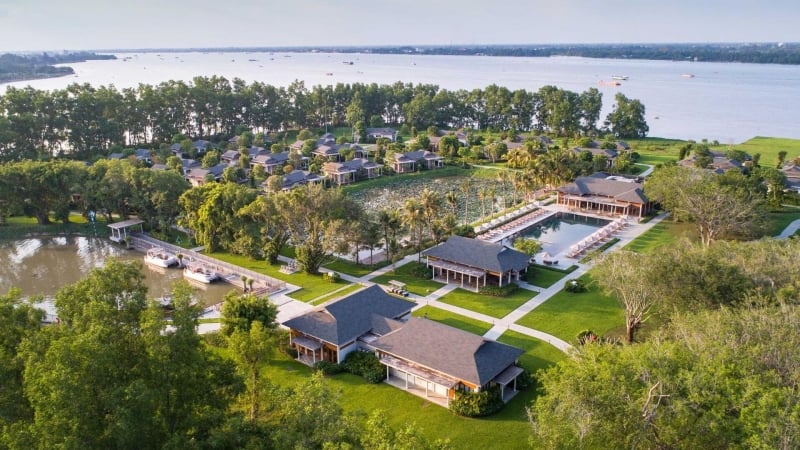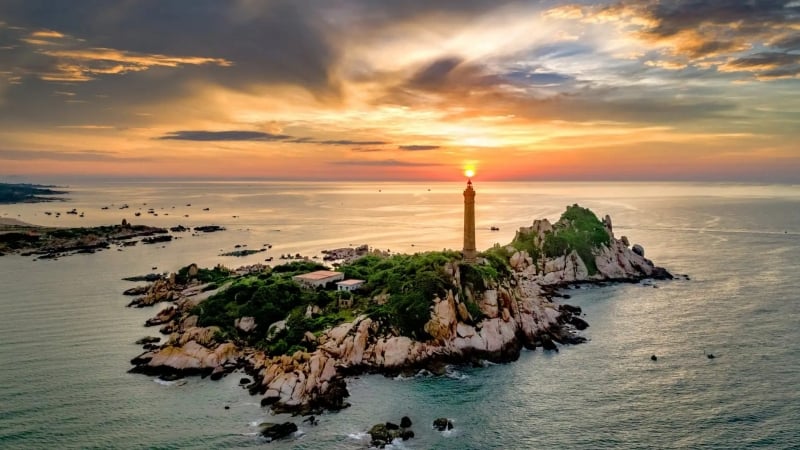On April 10, a YouTuber with a large number of followers shared a video warning about the appearance of a "nest of extremely poisonous snakes on Phu Quy Island", along with a call for people to be careful when visiting Phu Quy Island, a famous tourist destination in Binh Thuan province.
The video quickly went viral on social media, creating a sense of anxiety among the tourist community, especially as the tourist season approaches.

Image of poisonous snake nest causes panic among tourists
However, the person who filmed the video later corrected and explained that the discovery of this snake species was not actually on the big island of Phu Quy but on Hon Den and encouraged people not to panic or worry unnecessarily.
Based on the images appearing in the video shared on social networks, it can be identified that these are individuals of yellow-lipped sea snakes, also known as yellow-lipped kraits (scientific name Laticauda colubrina), a species of sea snake found in tropical waters of the Atlantic and Pacific Oceans.
However, according to a survey report on sea snakes in Vietnam, conducted by the Nha Trang Institute of Oceanography and the non-governmental organization Wildlife at Risk, specializing in the protection of wildlife, the yellow-lipped sea snake is said to be very rare in Vietnam. This may explain why the information about the "extremely venomous snake nest on Phu Quy Island" has caused much concern and controversy in the community.
Phu Quy, also known as Thu Island or Khoai Xu Island, is a small island located about 120km southeast of Phan Thiet, Binh Thuan.
In addition to the big island (Phu Quy Island), Phu Quy Island is surrounded by 9 small islands (also known as individual islands), including: Hon Trung, Hon Den, Hon Giua, Hon Do, Hon Tranh, Hon Hai (Hon Kham), Hon Do Lon (Hon Bo), Hon Ty (Hon Vung), Hon Do Nho (Hon Trao).
Currently, Phu Quy is only open to tourists for sightseeing on the main island and Hon Tranh island.




































